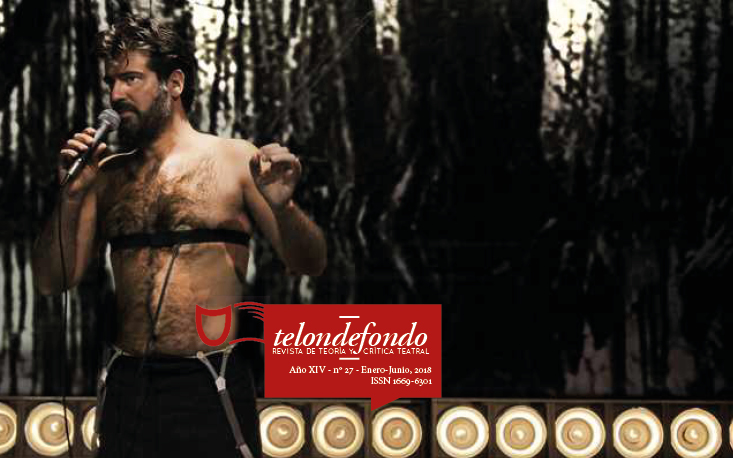The Working Conditions of Dancers During the First Half of 20th Century
Abstract
The article describes and critically analyzes the labor conditions of dancers of the official and non-official scopes of dance in Buenos Aires, Argentina, during the first half of the 20th century, focusing on the period of the First Peronism (1946-1955). The article proposes that dance practice was professionalized during the 1940s and 1950s, and it considers particularly the labor aspect. I argue that, due to the social and political context based on the defense of workers’ rights, the dancers of the official scope (Teatro Colón) were able to improve their labor rights. On the other hand, I argue that, due to the origin of the local modern dance (the private company “Ballet Winslow”), also in the 40s and 50s, another type of production is established in the Argentine dance practice: one that is marked by the labor precarization of dancers and that persists until the present time in the unofficial scope.Downloads
Los autores/as que publiquen en esta revista aceptan las siguientes condiciones:
-
Los autores/as [traductores] conservan los derechos de autor y ceden a la revista el derecho de la primera publicación, con el trabajo registrado con Licencia Creative Commons Atribución-NoComercial-CompartirIgual 4.0 Internacional, que permite a terceros utilizar lo publicado siempre que mencionen la autoría del trabajo y a la primera publicación en esta revista.
-
Los autores/as pueden realizar otros acuerdos contractuales independientes y adicionales para la distribución no exclusiva de la versión del artículo publicado en esta revista (p. ej., incluirlo en un repositorio institucional o publicarlo en un libro) siempre que indiquen claramente que el trabajo se publicó por primera vez en esta revista.
-
Se permite y recomienda a los autores/as a publicar su trabajo en Internet (por ejemplo en páginas institucionales o personales).











